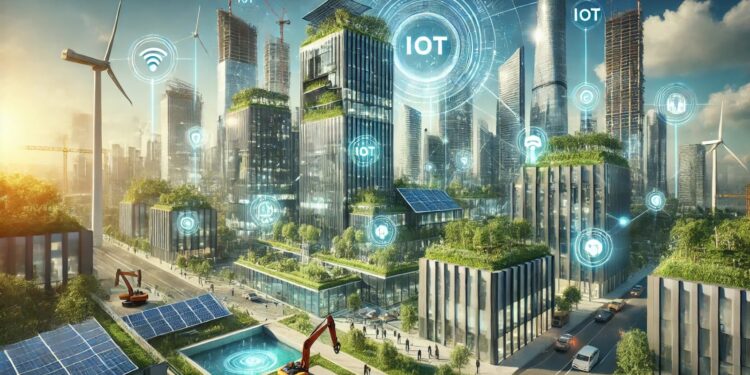The building sector is at the centre of an epochal transformation, driven by global dynamics that are redefining its foundations. The energy crisis and climate change have made it increasingly urgent to upgrade buildings to reduce their environmental impact and consumption. European regulations such as the Green Deal impose stricter standards, stimulating investment in sustainable materials and advanced technologies. At the same time, shortages of skilled labour and rising raw material costs pose significant challenges for companies, slowing down projects to some extent. In Italy, the Superbonus has given a major boost to energy retrofitting, but complex management and continuous legislative changes have created uncertainty, leaving many construction companies struggling.
In parallel, technological innovation is beginning to revolutionise the sector. Tools such as drones, 3D printing and BIM (Building Information Modeling) software are enabling optimisation of construction time and costs. However, the adoption of these technologies requires significant upfront investment and a change of mindset, which not all companies are ready for. The result is a diverse landscape, where some companies embrace the future with enthusiasm, while others struggle to keep up with the changes.
The future of construction: sustainability, digitisation and smart maintenance
Looking ahead, the construction industry is preparing for an unprecedented evolution, driven by the need to build more sustainably and intelligently. Green’ construction is expected to increase, with buildings producing more energy than they consume, thanks to integrated photovoltaic systems, advanced insulation systems and the use of innovative materials such as low-carbon concrete.
Building maintenance will play a central role in this transformation process. With the increasing obligation to meet energy and safety standards, maintenance interventions are shifting from reactive approaches to preventive strategies. The use of smart sensors and IoT (Internet of Things) technologies makes it possible to monitor the state of facilities in real time, detecting faults or deterioration before they become critical. This approach not only prolongs the life of buildings, but also reduces their overall operating costs.
New regulations, such as those relating to the maintenance of bridges and public buildings, oblige administrations and companies to implement periodic and documented maintenance plans. This creates new opportunities for professionals and companies specialising in diagnostics and predictive maintenance.In an increasingly complex context, maintenance is no longer just an obligation, but a strategic element in ensuring the safety, efficiency and value of buildings over time.
Impacts on the market: new opportunities and challenges
These changes will have a profound impact on the construction market and on the economic and social fabric.On the one hand, the adoption of sustainable and innovative practices will create new job opportunities, stimulating the growth of emerging sectors such as green building and smart building management.On the other hand, companies that are unable to adapt will risk being excluded from an increasingly competitive market.
Consumers will also have to adapt. While the buildings of the future will offer superior comfort and energy savings, they may entail higher upfront costs, requiring stronger government intervention to incentivise the transition.
Maintenance will also have a crucial impact in this respect: well-maintained buildings not only provide greater safety, but can also attract investors through optimised cost management and improved asset value.
In conclusion, the building sector is at a crossroads: on the one hand, there are massive challenges such as the climate crisis and rising costs; on the other hand, there are extraordinary possibilities thanks to new technologies and innovative materials. Maintenance, integrated with digitisation and sustainability, will be one of the pillars of the future, transforming construction into a more resilient and community-oriented sector.
Author: Paola Menghetti
Redattrice Nex News



































